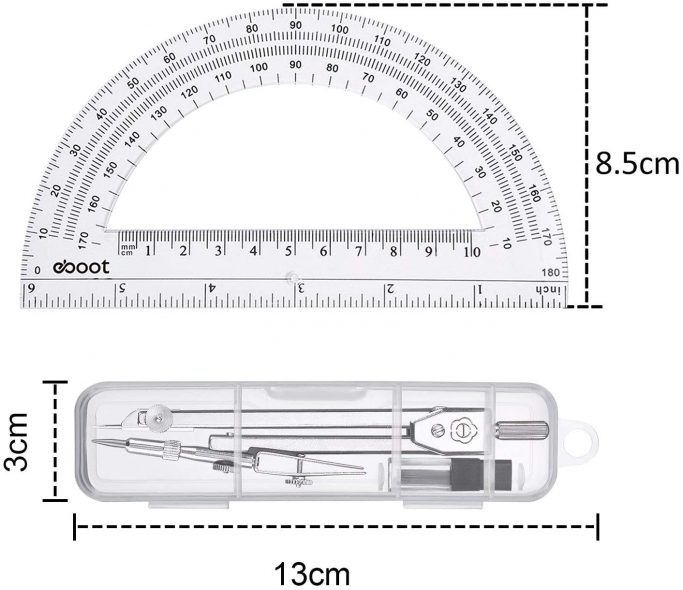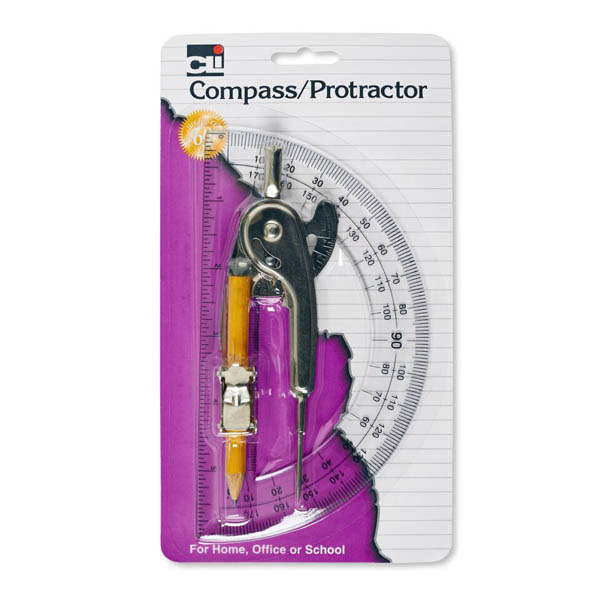


The radius of the intended circle can be changed by adjusting the initial angle between the two legs.ĭistances can be measured on a map using compasses with two spikes, also called a dividing compass (or just "dividers"). Some people who find this action difficult often hold the compasses still and move the paper round instead. This holds the pencil lead or pen in place.Ĭircles can be made by pushing one leg of the compasses into the paper with the spike, putting the pencil on the paper, and moving the pencil around while keeping the legs at the same angle. The better quality compass, made of metal, has its piece of pencil lead specially sharpened to a "chisel edge" shape, rather than to a point. Alternatively, an ink nib or attachment with a technical pen may be used. The pencil lead draws the circle on a particular paper or material. The needle point is located on the steady leg, and serves as the center point of the circle that is about to be drawn. This sort of compass is often known as a "pair of Spring-Bow Compasses". The better quality compass, made of plated metal, is able to be finely adjusted via a small, serrated wheel usually set between the legs (see the "using a compass" animation shown above) and it has a (dangerously powerful) spring encompassing the hinge. The hinge can be adjusted, depending on desired stiffness the tighter the hinge-screw, the more accurate the compass’s performance. The screw through the hinge holds the two legs in position. Each has a separate purpose the steady leg serves as the basis or support for the needle point, while the adjustable leg can be altered in order to draw different sizes of circles. There are two types of leg in a pair of compasses: the straight or the steady leg and the adjustable one. Users can grip it between their pointer finger and thumb. The handle, a small knurled rod above the hinge, is usually about half an inch long. Typically one leg has a spike at its end for anchoring, and the other leg holds a drawing tool, such as a pencil, a short length of just pencil lead or sometimes a pen. Compasses are usually made of metal or plastic, and consist of two "legs" connected by a hinge which can be adjusted to allow changing of the radius of the circle drawn.


 0 kommentar(er)
0 kommentar(er)
